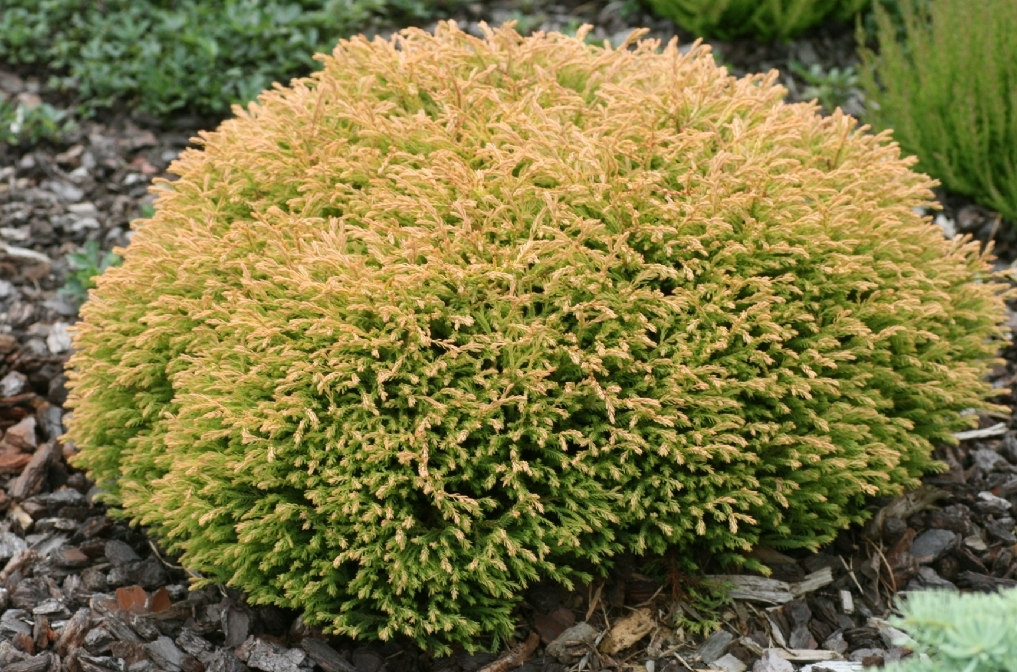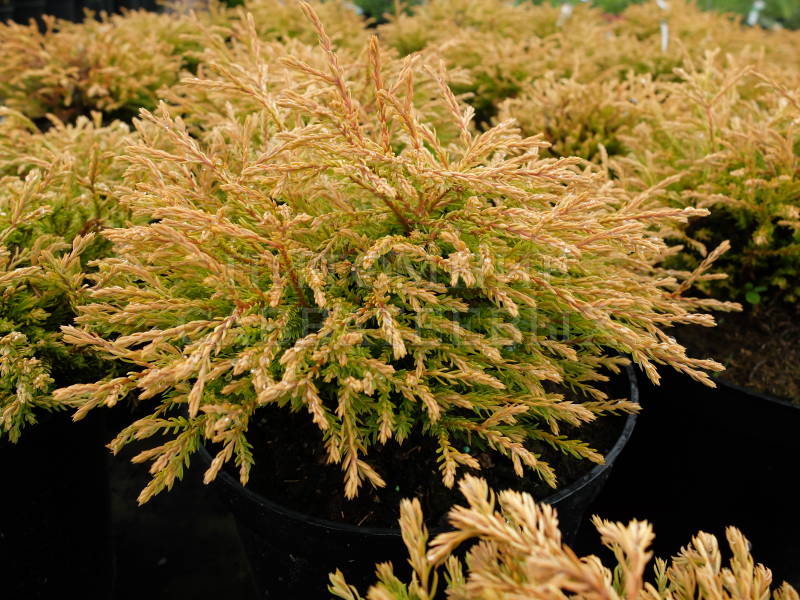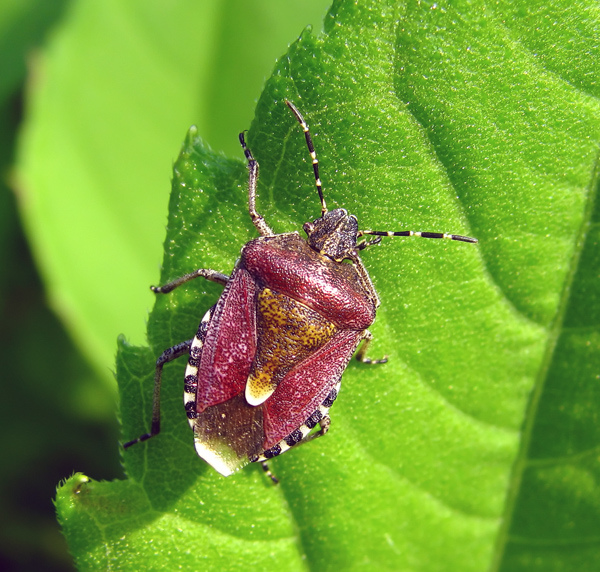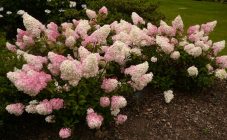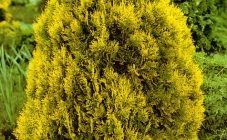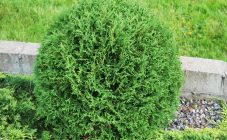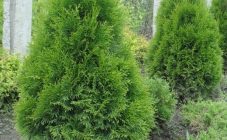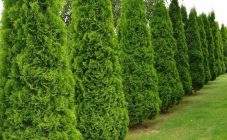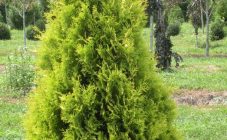Thuja Golden Taffett is one of the few ornamental plants that can give a landscape design a real uniqueness. First of all, it is famous for its needles, which change color depending on the season. In summer, this dwarf shrub has a rich golden color, and towards winter it becomes almost orange. Therefore, the plant can be safely called evergold.
This shrub is a real dwarf, since its height, for example, in the Moscow region barely reaches 30 cm, but the width can be up to 1 meter. The crown of the plant resembles a ball, which consists of beautiful branches hanging down.
How to plant a plant
Thuja occidentalis Golden tuffet perfectly propagates by cuttings with a heel, as well as by division. Young shrubs spud in the spring and separate in the fall. As for the cuttings, they are cut in the spring when the plant wakes up. The first awakened kidneys will serve as a signal of this. Also cuttings are torn off in summer. However, they will not have time to take root, so they are planted in pots and left to winter in a warm room.
When planting cuttings, be sure to adhere to certain rules:
- Before planting the thuja in open ground, it must be well watered.
- A hole for a bush is made 2 times larger than the size of the container.
- The landing site should be either sunny or in partial shade.
- If the soil is heavy or groundwater passes near the surface, gravel or expanded clay is poured onto the bottom of the planting hole with a 20 cm ball. The hole is filled with a mixture of earth and peat in equal amounts, and 5 g of mineral fertilizer per 1 liter of the mixture is added to them. This soil will promote good root germination.
- After planting, the cuttings are well watered, and the trunk circle is mulched with bark or chips. The mulch layer should be about 6 cm.
Features of plant care
Although thuja western Golden taffett, according to the description, is not too picky in care, you will still have to study its characteristics and pay attention to the shrub. Watering is one of the most important things. The golden shrub belongs to plants that love moisture. Therefore, in the first year, you need to water the Golden Thuja as often as possible. In subsequent years, during the period of drought, the shrub is irrigated about 1 time per week, as soon as the top layer of the earth dries out. If the soil is covered with a ball of mulch, then the moisture, of course, will evaporate more slowly and you will have to water less often.
The next thing to look out for is top dressing. Golden taffett, like any other plant, needs nutrients. The first time the shrub is fertilized is in May or April. During this period, it will be useful to introduce nitroammofoska or complex fertilizer. Potash dressings are used in October.
And finally, cropping. Thuja Taffett needs only sanitary pruning. It is necessary to remove dried twigs and leaves in early spring. But the formative pruning is not needed, the shrub itself takes a cushion shape.
In general, Taffet is a variety that is winter hardy.
Diseases and pests
Although thuja is famous for its fearlessness, frost resistance, which commands respect, nevertheless, this plant is not so resistant to various diseases.Weakened western thuja, which is devoid of nutrients or lives in inappropriate conditions, runs the risk of catching:
- Fusarium is a root disease that can be dealt with with a 0.2% Fundazole solution.
- Shute brown is a disease that affects the needles of a plant. Copper or iron sulfate will be effective in the fight against it.
- Gray rot is stem rot that can also be stopped with copper sulfate.
There are also several dangerous pests that are ready to feast on thuja. The main ones include: berry bug, thuja aphid, false scutellum, snails and gray leafworm. If the attacks of pests are massive, then the shrub can not only lose its beauty, but even die altogether. To prevent this from happening, in the spring, when the buds appear, the thuja should be treated with Aktellik or Angio, or their analogues.
Thuya Golden Taffett will change the landscape beyond recognition. The shrub looks especially good in rocky and heather gardens. It can be used to build a hedge that looks good in the park, as well as near office and administrative buildings. This shrub is especially harmoniously combined with flowering plants.
